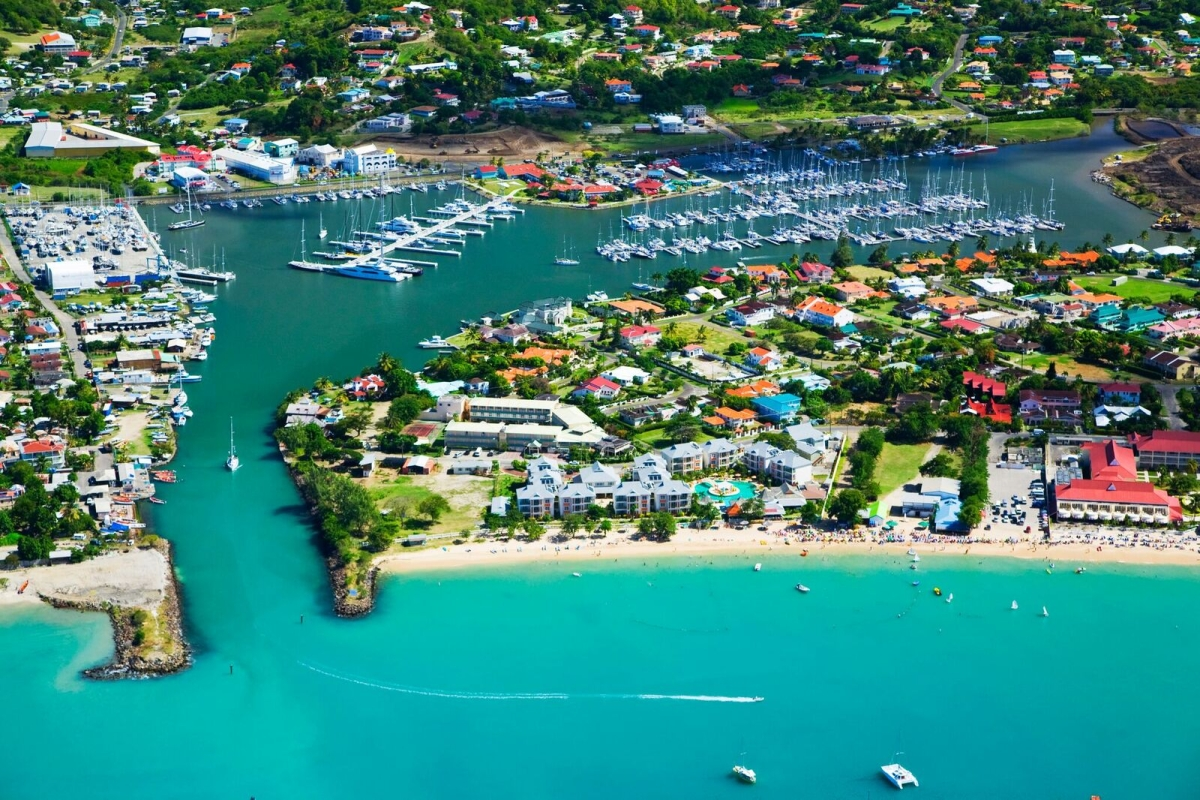Saint Lucia, a tropical gem in the Eastern Caribbean, captivates visitors with its lush landscapes, stunning beaches, and vibrant culture. Known for its picturesque scenery and warm hospitality, this island nation offers a unique blend of natural beauty and rich heritage. Whether you’re seeking relaxation or adventure, Saint Lucia provides a captivating escape with its array of attractions and activities.
Table of Contents
Geography
Saint Lucia is situated in the eastern Caribbean Sea, between the islands of Martinique to the north and Saint Vincent and the Grenadines to the south. The island is part of the Lesser Antilles and lies approximately 344 kilometers south of Puerto Rico. Covering an area of about 616 square kilometers, Saint Lucia features a diverse geography that includes volcanic landscapes, rainforests, and beautiful coastlines.
The island’s terrain is characterized by its iconic Pitons, two volcanic spires that rise dramatically from the sea. The rugged landscape includes lush mountains and valleys, offering stunning vistas and numerous opportunities for outdoor activities. Saint Lucia’s coastline is dotted with pristine beaches and protected marine areas, making it a popular destination for water sports and nature enthusiasts.
States of Saint Lucia
Saint Lucia is not divided into states. Instead, it is divided into 11 administrative districts or parishes, each with its own local government. These districts serve as administrative regions within the country.
| No. | District |
|---|---|
| 1 | Castries |
| 2 | Anse la Raye |
| 3 | Soufrière |
| 4 | Choiseul |
| 5 | Laborie |
| 6 | Vieux Fort |
| 7 | Micoud |
| 8 | Dennery |
| 9 | Gros Islet |
| 10 | Canaries |
| 11 | Marchand |
History
Saint Lucia has a rich history shaped by its indigenous peoples, European colonization, and cultural evolution. The island was originally inhabited by the Arawak and Carib tribes, who lived off the land and sea. In the 17th century, European powers began to take an interest in Saint Lucia, leading to a series of conflicts between the French and British over control of the island.
The French were the first to establish a presence on the island, and their influence can still be seen in the local culture and language. However, British forces eventually gained control of Saint Lucia, and the island was ceded to Britain in 1814 under the Treaty of Paris. Saint Lucia remained a British colony until it gained independence on February 22, 1979. Since independence, the island has developed a stable democratic government and has become a prominent player in regional affairs.
Top Ten Must-Visit Destinations
1. The Pitons

The Pitons are Saint Lucia’s most iconic natural landmarks, consisting of two towering volcanic spires: Gros Piton and Petit Piton. These majestic peaks rise dramatically from the Caribbean Sea and are a UNESCO World Heritage Site. The Pitons offer breathtaking views and are a popular destination for hiking and nature enthusiasts. The surrounding area includes lush rainforests and picturesque beaches, making it a must-visit for anyone exploring Saint Lucia.
2. Sulphur Springs

Sulphur Springs is known as the world’s only drive-in volcano, located near Soufrière. The geothermal activity in the area has created a unique landscape of bubbling mud pools and steaming fumaroles. Visitors can take guided tours to learn about the volcanic activity and enjoy the therapeutic benefits of the mineral-rich hot springs. The surrounding area also features beautiful gardens and scenic viewpoints.
3. Rodney Bay
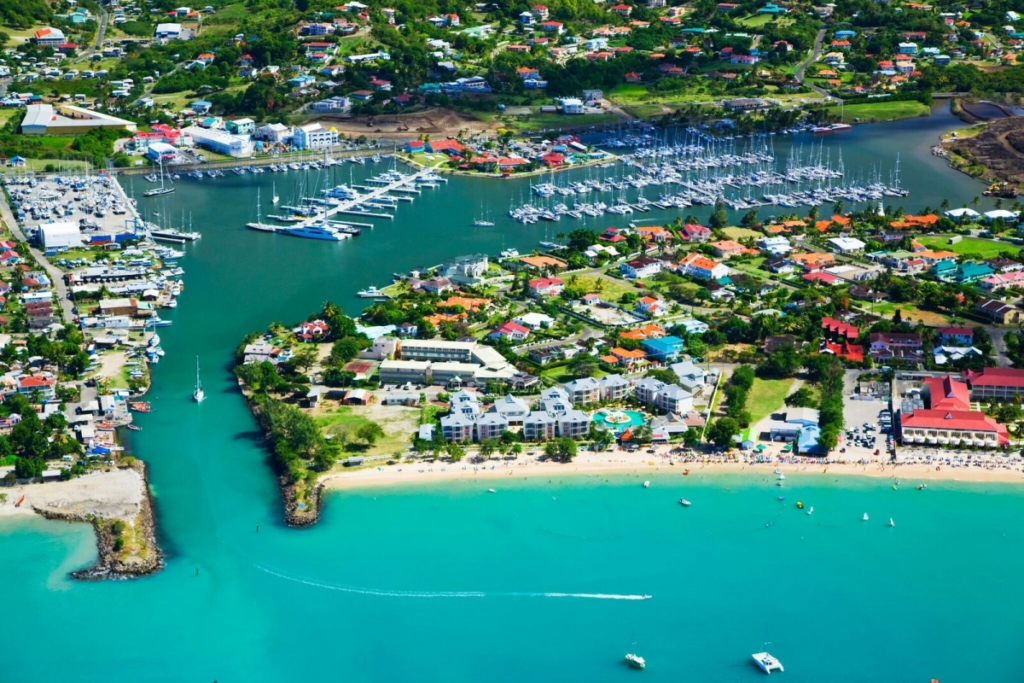
Rodney Bay is a popular destination on the island’s northwest coast, known for its beautiful beaches and lively atmosphere. The bay features a long stretch of white sand and calm, clear waters ideal for swimming and water sports. The nearby Rodney Bay Marina offers a range of dining, shopping, and entertainment options, making it a hub of activity for visitors.
4. Marigot Bay
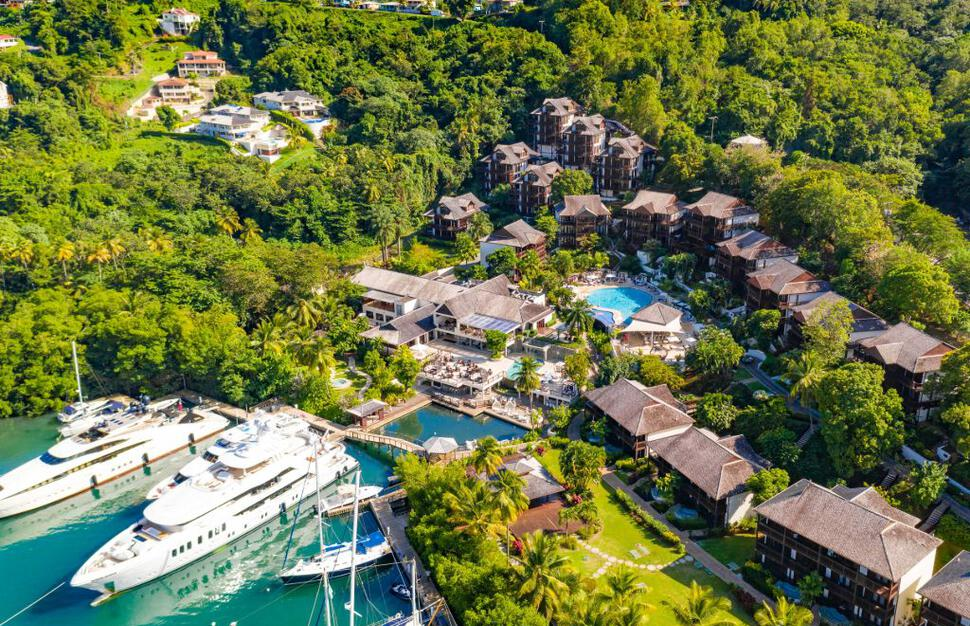
Marigot Bay is a picturesque harbor located on the west coast of Saint Lucia, known for its stunning scenery and tranquil waters. The bay is surrounded by lush hills and offers a sheltered anchorage for yachts and boats. Visitors can enjoy dining at waterfront restaurants, exploring nearby hiking trails, or simply relaxing by the water.
5. Castries

Castries, the capital city of Saint Lucia, offers a blend of historical landmarks and modern amenities. The city features attractions such as the Castries Market, where visitors can experience local culture and purchase fresh produce and souvenirs. The Cathedral of the Immaculate Conception and Derek Walcott Square are also notable sites that reflect the city’s rich history and heritage.
6. Anse Chastanet

Anse Chastanet is a stunning beach located on the southwestern coast of the island. Known for its crystal-clear waters and vibrant marine life, the beach is a favorite spot for snorkeling and diving. The surrounding area is also home to lush tropical gardens and luxury resorts, offering a serene and picturesque setting for relaxation.
7. Diamond Falls

Diamond Falls is a beautiful waterfall located near Soufrière, renowned for its colorful mineral deposits and serene surroundings. The falls are part of the Diamond Botanical Gardens, which feature a variety of tropical plants and flowers. Visitors can explore the gardens, take a dip in the natural pools, and enjoy the scenic beauty of the waterfall.
8. Pigeon Island National Park
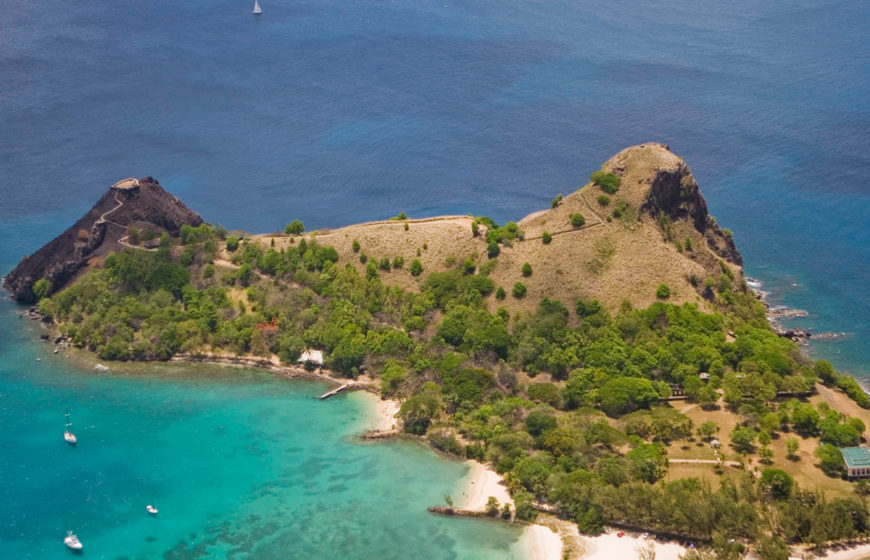
Pigeon Island National Park is a historic site located on a small island off the northwest coast of Saint Lucia. The park features the remains of a 18th-century fort, scenic trails, and beautiful beaches. Visitors can hike to the top of Fort Rodney for panoramic views of the surrounding area and learn about the island’s colonial history.
9. Tet Paul Nature Trail
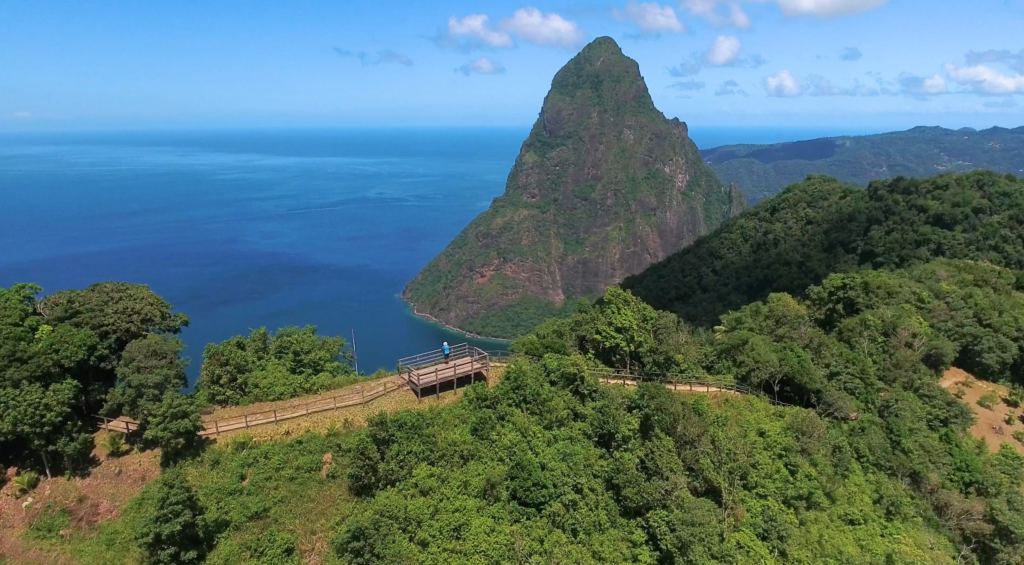
Tet Paul Nature Trail is a scenic hiking trail located in the Soufrière region, offering spectacular views of the Pitons and the surrounding landscape. The trail takes visitors through lush tropical forests and provides insight into the island’s natural environment and traditional farming practices. The hike is relatively easy and suitable for all levels of experience.
10. Saint Lucia Botanical Gardens
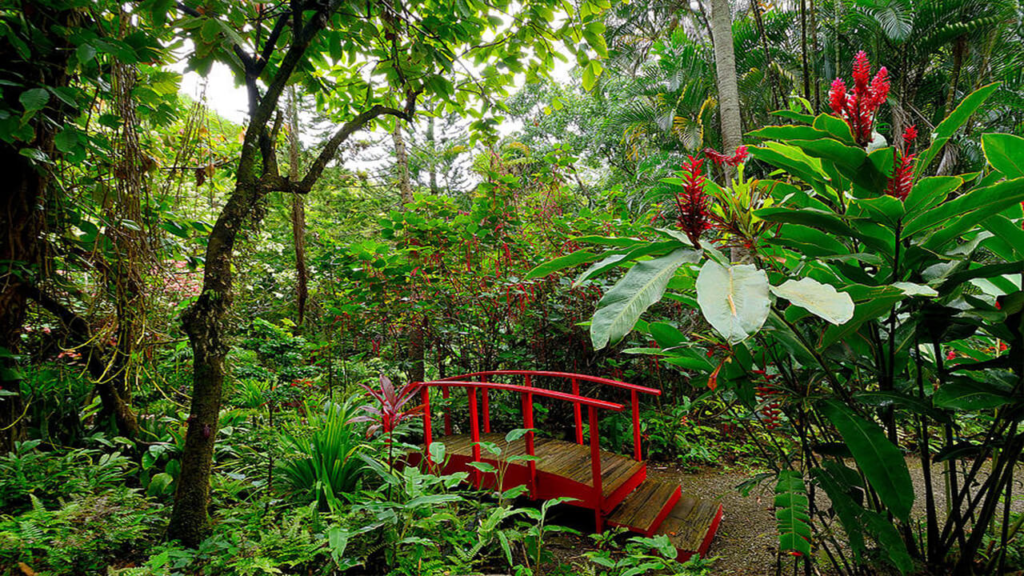
Saint Lucia Botanical Gardens is a lush and beautifully landscaped garden located in Soufrière. The gardens feature a diverse collection of tropical plants, including orchids, palms, and ferns. Visitors can stroll through the gardens, relax by the koi ponds, and enjoy the tranquil atmosphere of this botanical haven.
Culture
Saint Lucia’s culture is a vibrant fusion of African, French, and Caribbean influences, reflected in its music, art, and traditions. The island’s cultural heritage is celebrated through various festivals and events, including the annual Saint Lucia Jazz Festival, which attracts international artists and music lovers. The festival showcases a diverse range of musical genres, from jazz to reggae, and is a highlight of the island’s cultural calendar.
The island’s cuisine is also a reflection of its diverse heritage, with dishes featuring a mix of Caribbean flavors and international influences. Traditional foods include Green Fig and Saltfish, a dish made with green bananas and salted cod, and Callaloo Soup, a flavorful soup made with leafy greens and spices. Saint Lucia’s culinary scene is complemented by a range of dining options, from local eateries to fine dining restaurants.
Festivals
Carnival is one of the most celebrated festivals in Saint Lucia, taking place annually in July. The festival features colorful parades, lively music, and elaborate costumes, reflecting the island’s vibrant cultural heritage. Carnival is a time of celebration and unity, with locals and visitors coming together to enjoy the festivities and showcase their creativity.
The Festival of Lights and Renewal, celebrated in December, marks the end of the year with a series of cultural events and performances. The festival includes traditional music and dance, as well as light displays and fireworks. It is a time for reflection and celebration, highlighting the island’s rich cultural traditions and festive spirit.
Economy
Saint Lucia’s economy is primarily driven by tourism, agriculture, and services. The tourism sector is a major contributor to the island’s economy, with visitors drawn to its beautiful beaches, luxury resorts, and cultural attractions. The government has invested in developing infrastructure and amenities to support the tourism industry, including upgrading airports and expanding hotel accommodations.
The agricultural sector in Saint Lucia focuses on the production of bananas, which has historically been a key export commodity. The island also cultivates other crops, including cocoa, coconut, and spices. In recent years, there has been a push to diversify agricultural production and explore new markets for local products.
Cuisine
Saint Lucian cuisine is a flavorful blend of Caribbean and international influences, showcasing a variety of ingredients and cooking techniques. Green Fig and Saltfish is a traditional dish that combines green bananas with salted cod, seasoned with spices and served with a side of vegetables. This hearty meal is a staple of Saint Lucian cuisine and reflects the island’s culinary heritage.
Callaloo Soup is another popular dish, made with callaloo leaves, okra, and spices. The soup is rich and flavorful, often enjoyed as a starter or light meal. Saint Lucia’s cuisine also includes a range of seafood dishes, such as Grilled Lobster and Creole Fish, which highlight the island’s access to fresh, local ingredients.
Top Eight Most Famous Food


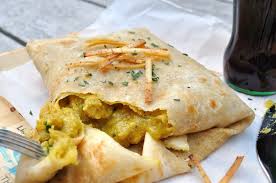





Ten Interesting Facts About Saint Lucia
- Saint Lucia is named after Saint Lucy of Syracuse, a Christian martyr.
- The island’s official language is English, but Saint Lucians also speak a French-based Creole.
- Saint Lucia is home to the world’s only drive-in volcano, Sulphur Springs.
- The Pitons are a UNESCO World Heritage Site and are considered one of the Caribbean’s most iconic landmarks.
- The island’s capital, Castries, is known for its bustling market and historical sites.
- Saint Lucia is famous for its vibrant Carnival celebrations, held annually in July.
- The island was once a British and French colony before gaining independence in 1979.
- Saint Lucia’s lush rainforests and volcanic landscapes make it a popular destination for eco-tourism.
- The island is known for its production of high-quality rum and cocoa.
- Saint Lucia has a diverse range of wildlife, including endemic bird species such as the Saint Lucia Parrot.
Conclusion
Saint Lucia is a Caribbean paradise that offers a perfect blend of natural beauty, cultural richness, and recreational opportunities. From the majestic Pitons and scenic beaches to the vibrant festivals and delicious cuisine, the island provides a diverse range of experiences for visitors. Whether you’re exploring the volcanic landscapes, enjoying the local traditions, or relaxing by the sea, Saint Lucia promises a memorable and enchanting escape.

